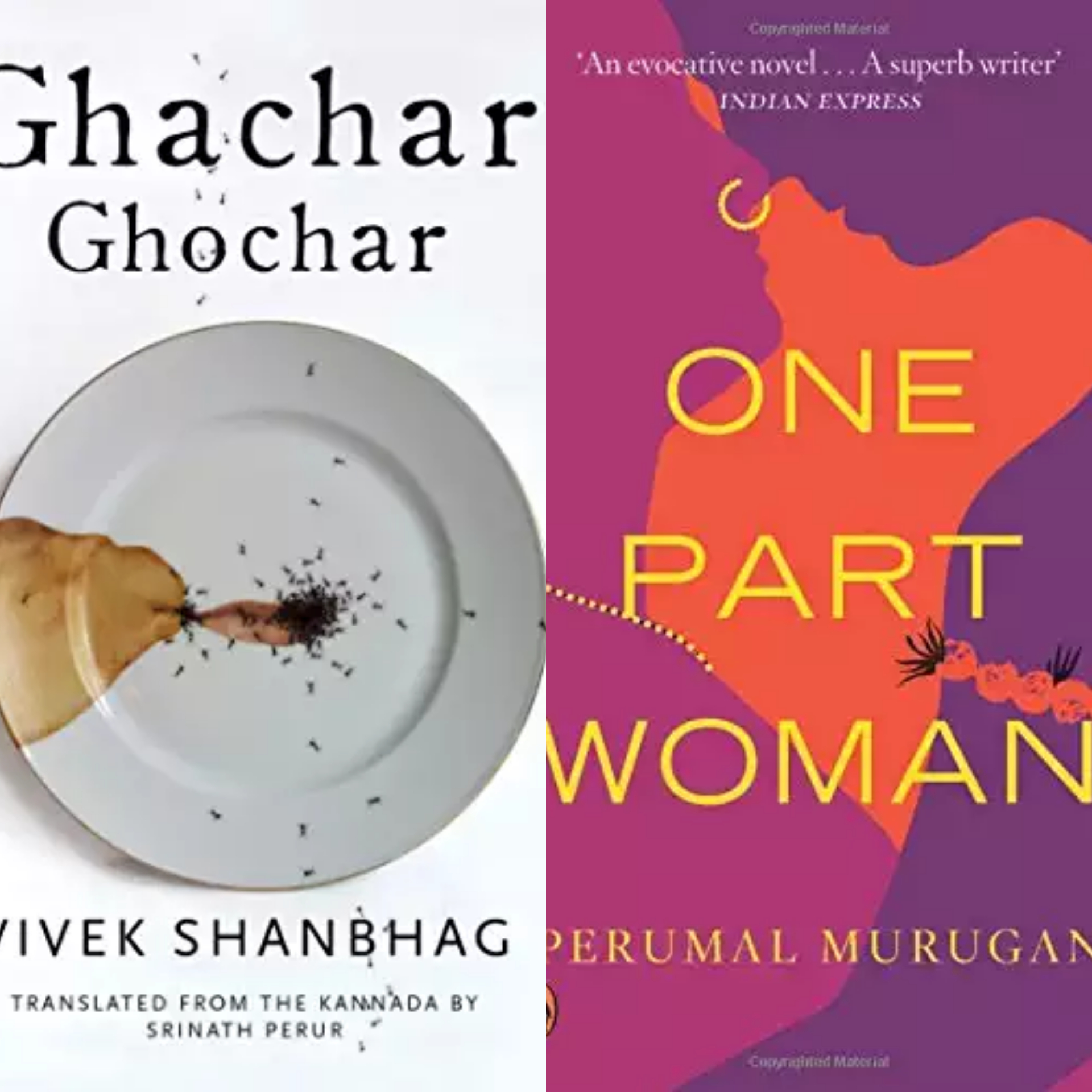Book 1- One Part Woman by Perumal Murugan translated by Aniruddhan Vasudevan
Book 2- Ghachar Ghochar by Vivek Shanbag translated by Srinath Perur
Murugan’s book is set in Pre-Independence India and talks about the journey, difficulties and social stigma faced by a childless couple in a small tribal village in interior Tamil Nadu while Shanbag’s book is set in Post-independence highly aspirational India and chronicles the journey of a joint family from lower middle class to higher rungs of financial ladder, and influence of such wealth in their lives. Though the setting, milieu, plot and characters of both books are vastly dissimilar there were some striking similarities and I thought what better place than this group to share my views and initiate a discussion on them.
Firstly both are translations of excellent regional language literature(Tamil and Kannada respectively) but have universal appeal in their theme and storytelling. It goes on to prove that we have a wealth of regional literature waiting to be translated and read by wider readership.
Both the translations use words from local dialect generously invoking a sense of nostalgia and déjà vu in readers familiar with that cultural setting/milieu. I loved how Srinath Perur has retained words like “Chikkappa” and “ Akki rotti” from the original. Same with Vasudevan who retains certain tamil words from the original work. Though it poses problems of understanding for readers from other languages ( I guess a footnote with meaning should solve this problem) it adds to authenticity of the characters and the setting.
Both talk about oppression of women through their story but make a very subtle but effective feminist statement by giving us strong, outspoken women who make independent decisions in their lives.
Both use metaphors and symbolism effectively to tell the story. While Ghachar ghochar has ants acting as metaphors to convey moral transgression of the family( yes that cover with ants all over has a meaning), One Part Woman uses trees, animals and nature to contribute to mood of the characters and give direction to the plot.
Lastly but most importantly both have Open endings which leave so much unsaid and to the imagination of the reader. While as a reader I thoroughly enjoyed both these books, I was a tad bit disappointed with ending of both. It was akin to taking a joyride only to be left in the middle of nowhere at the end. I kept wondering if I would have enjoyed the books better if ending had been more definitive…
Image credit: www.amazon.co.in
